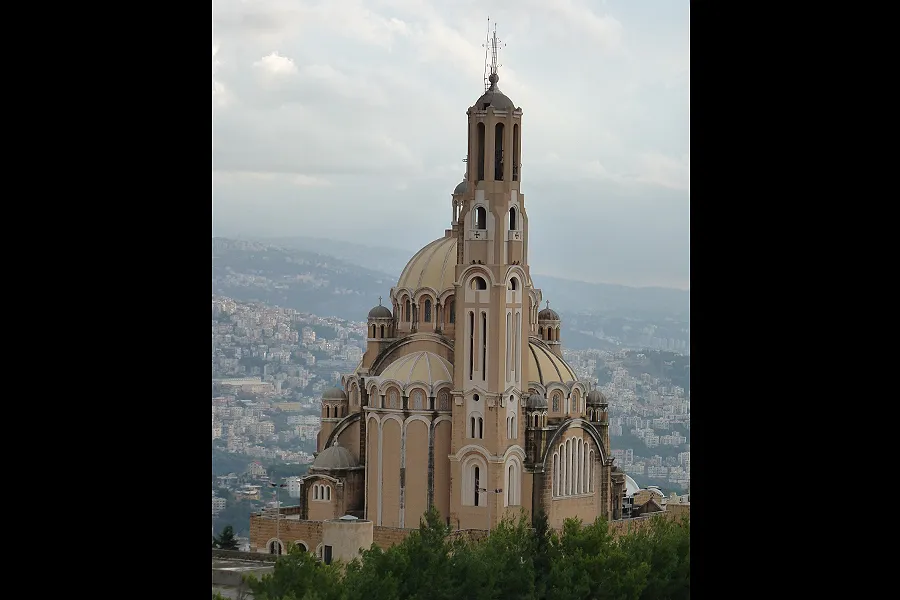
Minya, Egypt, Apr 12, 2017 / 03:42 pm (CNA/EWTN News).- After two bomb attacks on worshippers at Coptic Orthodox churches on Sunday, the Coptic Orthodox Archdiocese of Minya has announced it will celebrate Easter without the typical festive accoutrements.
The observance of Easter in the Minya Coptic Orthodox archdiocese will be limited to liturgical services “without any festive manifestations” in mourning for the nearly 45 Coptic Orthodox faithful who were killed in attacks on Sunday, the AP reports.
Two Coptic Orthodox churches were the targets of Islamic State bombings on April 9, Palm Sunday. The attack on St. George's in Tanta, nearly 60 miles north of Cairo, killed 28. Shortly after, another bomb went off outside St. Mark's cathedral in Alexandria, killing 17.
The attacks came only weeks before Pope Francis plans to visit Egypt to promote peace and dialogue between Christians and Muslims in the country. Pope Francis, after celebrating Palm Sunday Mass at St. Peter’s Square, decried the violence and asked God to “convert the hearts of those who sow fear, violence and death, and those who make and traffic arms.” He also expressed solidarity with Tawardos II, the Coptic Orthodox Patriarch of Alexandria.
Egypt’s President Abdel Fattah el-Sisi declared a three-month state of emergency following the attacks.
Sunday’s atrocities follow a months-long spike in anti-Christian violence in Egypt, particularly in the country’s Sinai region.
In December 2016, 29 died in a bombing of a chapel next to St. Mark’s Coptic Orthodox cathedral in Cairo, for which the Islamic State claimed responsibility.
Egyptian society was also profoundly shocked by the beheading in Libya of 20 Coptic Orthodox faithful and a companion by Islamic State militants in February 2015.
If you value the news and views Catholic World Report provides, please consider donating to support our efforts. Your contribution will help us continue to make CWR available to all readers worldwide for free, without a subscription. Thank you for your generosity!
Click here for more information on donating to CWR. Click here to sign up for our newsletter.





Leave a Reply